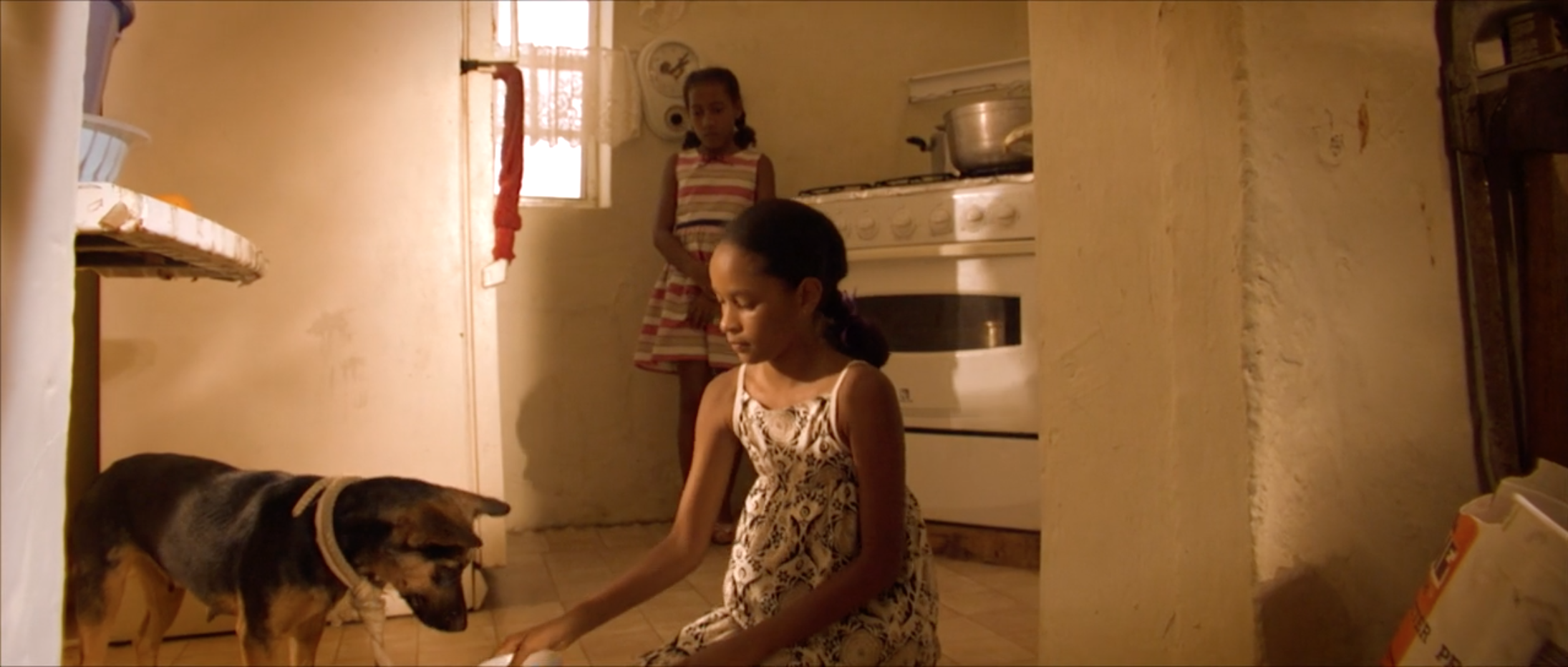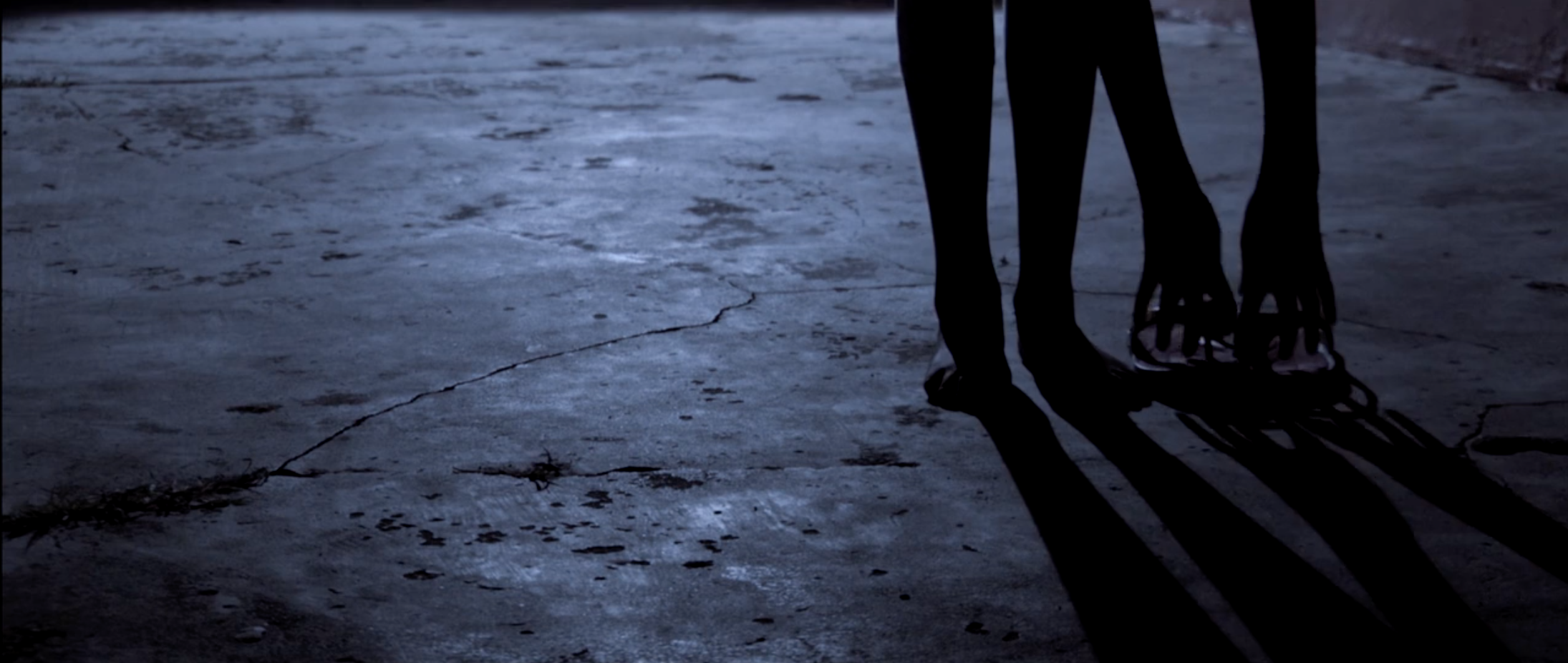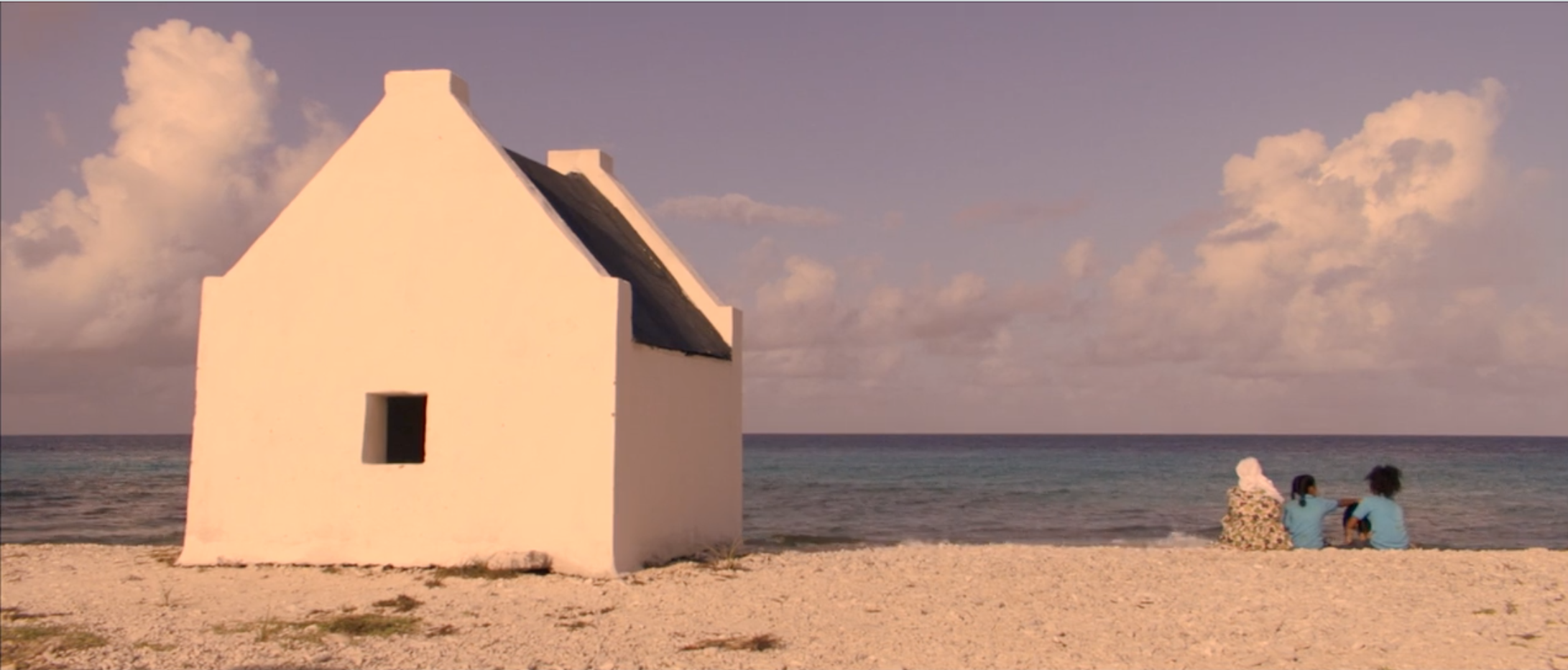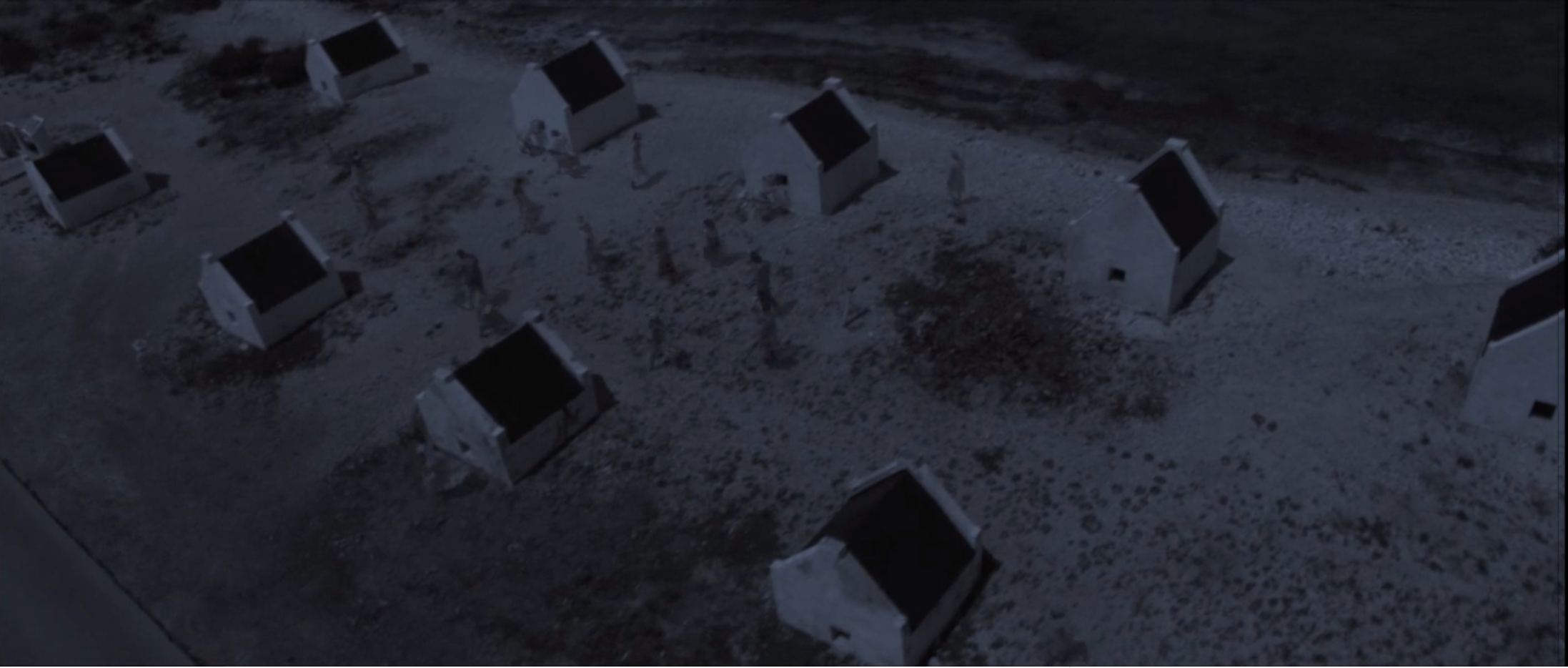Kasita
When a young girl Luna, can’t keep the dog she rescued, she knows just what to do. Together with her cousin Sol, she sets off to house him in the empty slave huts, but things don’t go as planned.
Kasita (small house) is the third installment in the another building film series. This narrative short is in the local language of Papiamentu with English subtitles and features the slave huts of Bonaire (no bigger than dog houses), where the slaves who worked in salt mining once rested.
The film is a co-production of Dance Sensation Foundation and Danza Isa.
HISTORY
Kasita was filmed on location in Bonaire at a site where there are many little houses. These houses look cute, and feel like part of the decor, until you realize they are not big enough to really stand in, and that you can’t enter the house without crouching down. The “slave huts” as they are still called, were used by the slaves who mined salt on the island, a Dutch special province.
Salt used to be a valuable commodity before refrigeration; without salt, there would have been no trade, as salt preserved much of the food. Slaves used to walk from one end of Bonaire to the other to work the salt and would rest in the houses. The trip was long. The men mined the salt; the women carried it in baskets on their heads.
“Kasita is an amazing piece of work, and demonstrates Gabri Christa's sharpening chops as a filmmaker concerned with the very human mysteries of community and personal transformation… This is a must-see film.”
— Brian Tate, Producer, Curator, and Culture Creator
PERSONAL CONNECTION
I cannot explain why, but Bonaire is my favorite island in the Caribbean. I have been on so many of the Caribbean islands, but this one is just in my heart. Not a lot of people live there, nor is there much to do as far as art or nightlife goes, but Bonaire is a place that soothes my soul and I find incredibly spiritual. I still can’t put my finger on it. With Kasita, I hope to give something back to an island that has been so good to me, it is my ode to an island I love deeply.
I used to visit Bonaire for vacations as a child, and I have nothing but fond memories of swimming, collecting stones and shells, windsurfing and hanging out with my brother. The slave huts were part of the landscape. I never wondered what they were as a child, but as an adult I understand the meaning of these houses and what they signify.
The story in Kasita references what I love about the island but also refers to the walk the slaves made, and the youth who see important history as part of their daily surroundings but don’t really know or value it.
Then there is the larger connection, the story of how a small island is still important for its salt mining. The salt plant is still actively used today but most of the labor is done by machines. The salt mines are now American-owned by Cargill, and it is interesting to me how those Dutch and American connections keep surfacing, from Peter Stuyvesant to today’s salt mining.
Resources
Boi Antoin, is a well-known historian and author who does a wonderful job preserving and educating others about Bonaire’s local history. For more information, visit Bonaire.tv or Follow Boi Antoin’s work on Facebook.






RELATED NEWS & WRITING
Credits
Executive Producer: Liliane de Geus
Writer & Director: Gabri Christa
Director of Cinematography: Dolph van Stapele
Line Producer: Anja Steffens
Script Translation in Papiamentu: Rudy Domacasse
Screenwriting Consultant : Marlaine Glicksman
Kasita was funded in part by Prins Bernard Fonds and OCW (Ministerie van Onderwijs, Cultuur en Wetenschappen), with donations by Alexis Marnel in memory of Niles Ford and Ilse van Zadelhof-Pattinaja. Special thanks to Gyselle Petronia.








